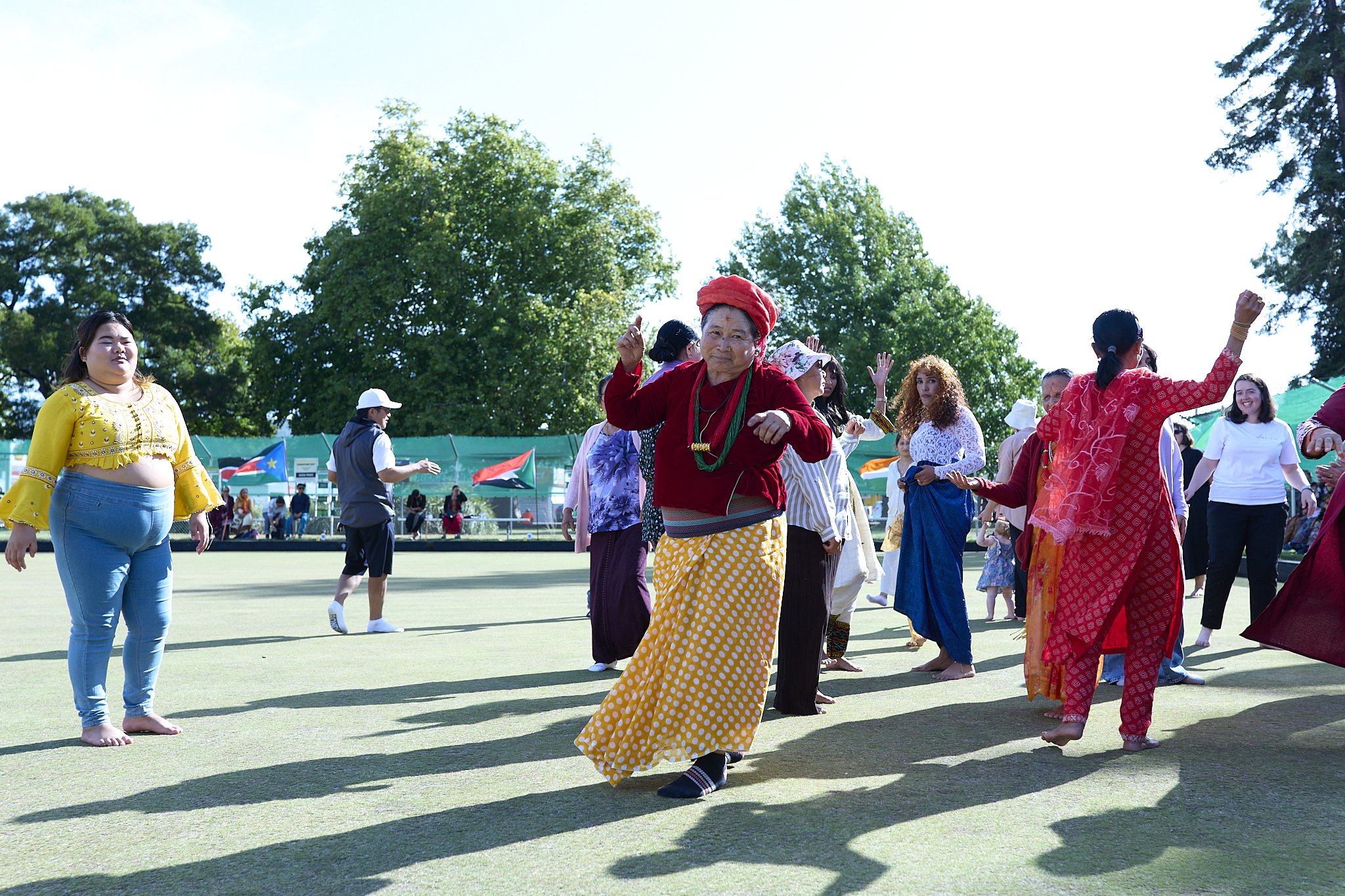The Sigma 30mm f1.4 is a great tool. I probably need to use it more.
Comparing M43 math to full frame, a 30mm f1.4 should theoretically provide shallower depth of field than the full frame 35 f1.8 Panasonic. The camera used is the EM10 Mk2.
The Bokeh is very nice and it is sharp wide open, even off centre. There is a “big-ness” to the files.
In cinema format it looks suitably…..cinematic. This is probably my main M43 video interview lens, or maybe the Sirui. Nice to have options.
A very busy scene, handled as well as any lens I have outside of my cinema glass. The colour out of the Sigma is a little cinematic, meaning a little muted and slightly flat. Handy for a lens used in strong and contrary light and for video.
The IRIX 150 and S5 produce interesting files. I struggled with this file, but more about that below.
The IRIX 150 macro is powerful, hard to use, probably impractical. It is a specialist lens.
This brings us to another issue and the fix.
The S5 overall seems very different to my M43 cameras. Shots taken the other day in bright sunlight with the 35mm Lumix were very blue compared to M43 images.
Flash filled and normally exposed, this is the worst, but many more were bluish and slightly over exposed. The green fence behind did effect some files, but nothing I would not normally deal with quickly.
They warm up ok, but all needed something.
This was what most looked like. I have the white balance shifted to blue/green to combat I think the 35mm T2 7Art lens which is much warmer than the 50mm, but these are RAW files, white balance settings should not affect them.
Warmed up to more what my eyes see.
Again, they process up ok, but there is a feeling of the file having a bias overall.
An Olympus version, untouched.
Ok, this is fixed but concerning. When you shoot RAW files, no camera processing settings outside of exposure should be applied. No white balance, sharpening, “pre-sets”, Luts (which are video based anyway) or any other settings not considered base-line are applied. In RAW, you apply these in processing.
This is the point of RAW.
Every brand and processing programme will apply its own core settings, but the camera should disengage the in-camera processing options for RAW. You should be able to see jpeg style settings applied to the preview, but not the RAW file.
The RAW is meant to be the ingredients, not the cooked dish.
Well, it seems that the S5 (and I am assuming other new Lumix cameras), do apply changes to white balance to RAW files. I had the AWB base dropped to more blue/green and that has been applied to a RAW file.
It never occurred to me, a RAW user since the Canon 10D and Lightroom 2, that one of the basic rules of digital photography would be changed. RAW is RAW, end of.
As set. Oddly murky-cold whites.
Back to zero and the whites are closer to normal (got to love the applied science here).
The biggest issue is the RAW files seem to have this applied like pre-processing, so getting rid of it is theoretically possible, but it seems some of the depth of the file has already been tapped. The IRIX files above and the earlier ones from the 35mm were relatively inflexible, thin seeming, almost jpeg like.
This is part of a worrying thread of thinking.
I have noticed a lot more people using Luts (Look Up Tables or video pre-sets) in stills processing. This is basically using a sub-RAW video file profile and applying a jpeg-like preset to it.
It is a video work around in response to true video RAW being so hard to access.
The idea of Luts is to apply consistent processing to very flat moving footage. You do not have to use them, I don’t*, but it means your pseudo-RAW Log, Flat or Cine-like profiles are mostly processed for you, then tweaks can be applied. I will not pretend colour grading video is easy and Luts can help, but when processing stills, a more tailored approach needs to be used.
Still files are all individuals, even jpegs, each needing their own exposure, processing etc. To blanket process means, more often than not, removing the effect of pre-sets, not embracing them. Personally I used to use an import pre-set in Lightroom, but since switching to C1, I find the imported files are pretty much on track, I then process to suit.
If you work in a studio with consistent manual settings, you could probably apply a pre-set to all your images, but you could (should) also look at one file and tailor it’s processing to the specific project and look you want and then apply those settings to all the matching files using batch settings. Only in very controlled situations should you use pre-sets for stills and never just stop there, or you may as well use jpegs in the first place.
I guess if you make some RAW pre-sets and call them Luts then no harm done, but terminology gets confusing and possibly you are ripping yourself off in processing.
We all want to work faster, but not at the expense of the much more important quality we are all after.
*I have found that so far, a Flat or contrast reduced Standard profile is enough for me to work with without too much issue. I guess I have a “Lut” in my head, but nothing formalised.










